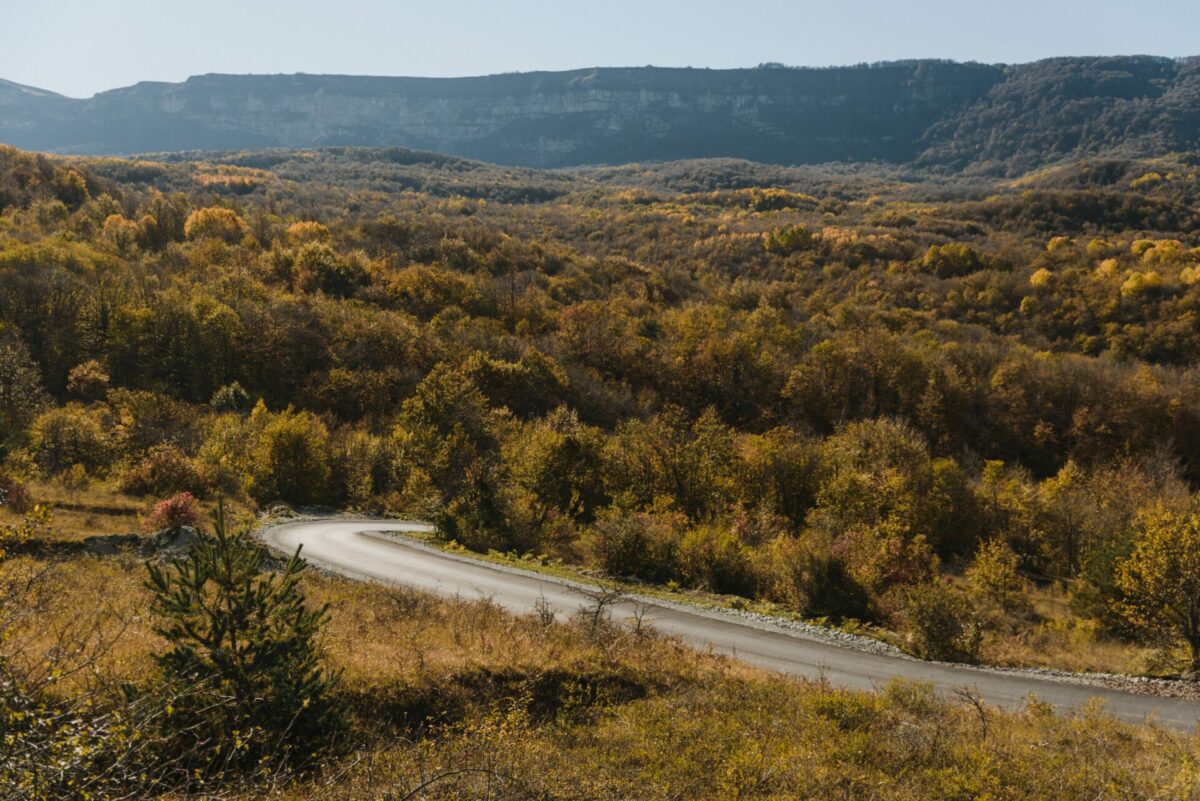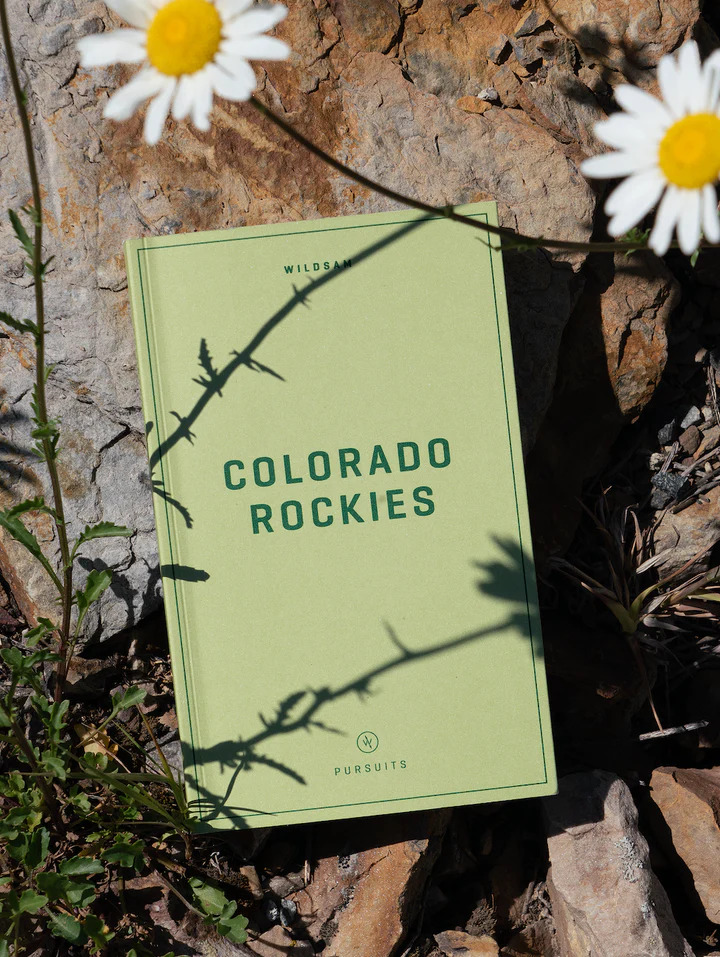West Palm Beach, FL. It’s easy to see America as a homogenized space. We all watch the same nationally streamed television shows. We share the same top 40 list of songs. Even once regional foods and chains are spreading. Buc-ee’s is on the move, there are now Utz chips in my Florida grocery store, you can get Cheerwine outside the Carolinas, black and white cookies are everywhere, and Topo Chico is anywhere that’s cool. Every city has its Instagram spots, and they’re all eerily familiar. But, as John Steinbeck wrote at the end of Travels with Charley, “I do know this—the big and mysterious America is bigger than I thought. And more mysterious.”
One company built around centering the particularity of places and unfolding that mystery for intentional travelers is Wildsam. Founded in 2012, “Wildsam is a modern travel brand with a bygone sense of place.” Their field guides give us insight into cities, regions, and trips that are are altogether particular, in the best ways. Not only does the brand echo some of Steinbeck’s sentiment, it is inspired by his work. From a Wildsam postcard: “In 1952, John Steinbeck published East of Eden. About 180 pages in, a short phrase appears—The world was peopled with wonders. These six words hint at a broad and interwoven idea. One of curiosity, connection, joy. For Wildsam, it offers a founding belief that stories have the power to unearth the mysteries of a place and our world, for anyone.”
Wildsam field guides are designed to be taken seriously by people who travel with a serious interest in place. The field guides are small, handsome volumes with simple colorful covers. They have some weight to them. They are meant to be read and collected, perhaps shared but not discarded. The covers fold out into maps and inside there are good illustrations, a dizzying array of contents, and ample pages in the back for your own notes. Consider the travel guide for New Orleans, whose contents include: Welcome, Essentials, Neighborhoods, Bests, Almanac, Maps, Interviews, Essays, Index, and Notes. Wildsam currently has guides in the categories of Cities, Road Trips, National Parks, and Pursuits.
In an age of Tripadvisor reviews and Instagram ads, Wildsam is something very different. For those who remember the glory days of Lonely Planet, these guides are a return to something you can hold in your hand and use to find the best restaurants, locations of local museums, and some daytrip recommendations. They are somewhat encyclopedic. You can learn about average temperatures, fishing records, transportation options, annual festivals, city population numbers, and the best coffeeshops. But these guides are not just for backpackers and people exploring on a budget, they offer historical insights, literary excerpts, and thoughts on the meaning of a place (or pursuit, like Kentucky bourbon). They showcase regional authors. The stories in the guide to the American South are by James Agee, Nikole Hannah-Jones, and Daniel Wallace. You can sit and read these guides at home and experience the flavor of a place vicariously.
What Wildsam does very well is choose contributors. They interview locals from a variety of professions. The Texas field guide relies on people recognized as a pitmaster, a barrel racer, a fishing guide, an artist, a ballet folklórico icon, a music historian, a painter, a chef, a musician and producer, a river guide, a religion reporter, a restauranteur, a political consultant, a football recruiter, a border patrol officer, a conjunto legend, and an actor. The New Orleans guide includes contributions from a sax repairman, an oyster shucker, a river pilot, an inmate advocate, and a mardi gras chief, among others. It all makes for interesting and wide-ranging reading. It reminds us that there is more than one perspective on any place.
Wildsam is about place, but it is also a travel brand. The guides are designed with outsiders and newcomers in mind. In the opening of their road trip guides is another Steinbeck quote: “People don’t take trips—trips take people.” The guide explains: “John Steinbeck, the writer who first inspired WILDSAM, wrote these words in his American epic Travels with Charley. They capture the core belief of the book you now hold in your hands: That unforgettable experiences are born from the unexpected. And road trips, most especially, beg the traveler to write plans in pencil and trace routes on the fly. May the stories in these pages stoke this kind of adventure.” These journeys represent the possibility of adventure and transformation.
Travel and transformation have an interesting and often written about relationship. The idolization of travel has been written about at FPR and elsewhere. Going somewhere new doesn’t necessarily make you a new or better person. As they say in AA, “wherever you go, there you are.” Visiting a new country doesn’t necessarily make you a better citizen of the world. Sometimes travel can bring merely superficial amusement. But it’s also true that trips can change lives. And sometimes there are things that, for whatever reason, we find easier to discover elsewhere. And there are things we cannot know about a place without visiting for ourselves.
The Wildsam format inherently argues that a meaningful encounter with a place requires meaningful recognition of that place. You can use the Kentucky guide to look up the addresses of the best barn quilts, but they shouldn’t just be an Instagram background—you should learn about the folk art traditions behind them. You shouldn’t just taste some of the best bourbon and barbecue in the world, you should hear some of the stories of the people who make it. Knowing the terms of architectural details will enhance your appreciation and understanding of New Orleans buildings. These guides may cater to an image of ourselves as superior travelers, but they really can help us see places as places, not just weekend destinations for bachelor or bachelorette parties.
The success of Wildsam is a reminder that many people want to experience the real. Every day we are marketed generic and homogenous products and destinations, but there is an audience for something different. Some people like going to Disney because it never changes, but others want to go somewhere which is not always the same, where the people are not cast members and each experience will be distinct. Maybe everyone has the same Away luggage, but there are actually different kinds of travelers. There’s more going on than Tripadvisor tells us. This is cause for encouragement.
Wildsam is also wildly encouraging because it is another piece of evidence that many people want something to read that they can hold in their hand and carry with them. For the past decade, we’ve been told that print is dead or dying and that publishing is only merging and homogenizing. That happens to be not entirely true. Though it is not a journal or magazine, Wildsam is part of a growing movement of print on paper.
We are experiencing a boom of smaller, regional, and print publications. Not everything is exclusively online or made for the broadest possible audience. Many newer publications are built around places and their unique cultures. A good example is Bitter Southerner, which started in 2013 and has a print component. New things are popping up all the time, like the very new Moonshine & Magnolias, a “journal for Southern regional consciousness.” Front Porch Republic obviously has its own print journal, Local Culture. Subscribers for such things exist.
If regional publications are exciting, the universe of literary magazines is filling with new constellations. One of the most intriguing is Taco Bell Quarterly, about which, and for which, much is being written. All kinds of audiences are being served. The Lamp, a Catholic journal of “literature, science, the fine arts, etc.” was founded in 2019. Even political and philosophical magazine offerings are expanding. Two newer publications in that arena are Liberties, with very long-form essays on paper, and Compact, which seems to exist partly to shock the bourgeoisie, but also sells lifetime subscriptions. Many of these new publications contain articles we’ve been told are too long for Americans to read. Somehow, despite the announcement of e-reading and big publishing taking over our lives, we live in an exciting time of new print publications with sometimes niche audiences. Rather than catering to the lowest common denominator of a mass audience, such publications assume and foster the existence of readers who want to be challenged.
Print isn’t entirely dead, and a brand like Wildsam is a good example of how a publication can not only recognize but foster a sense of place. The field guides encourage travelers to be curious about where they are going. The stories we are introduced to are not our own. By interviewing locals and featuring regional authors, Wildsam also gives a voice to the people of a place. It is another outlet for the local and the particular. Field guides like this can help us be respectful visitors and not just consumers of new places.







2 comments
Rob G
Thanks for this. I’ll have to buy a couple of these guides for the locales that I frequent. Reminds me of the fact that I recently bought a copy of something that I probably haven’t had in close to 20 years — a road atlas. I don’t have GPS, so I usually use MapQuest to chart out my trips ahead of time. But it’s not always accurate, and in any case it’s helpful to have something that you can keep beside you if you feel like making a side trip or an unplanned stop.
Christian
Liked this quite a bit, together with your earlier piece on TrueSouth. I’ve enjoyed reading about cultural works that celebrate specific places rather than generic everyplaces. Keep ‘em coming.
Comments are closed.